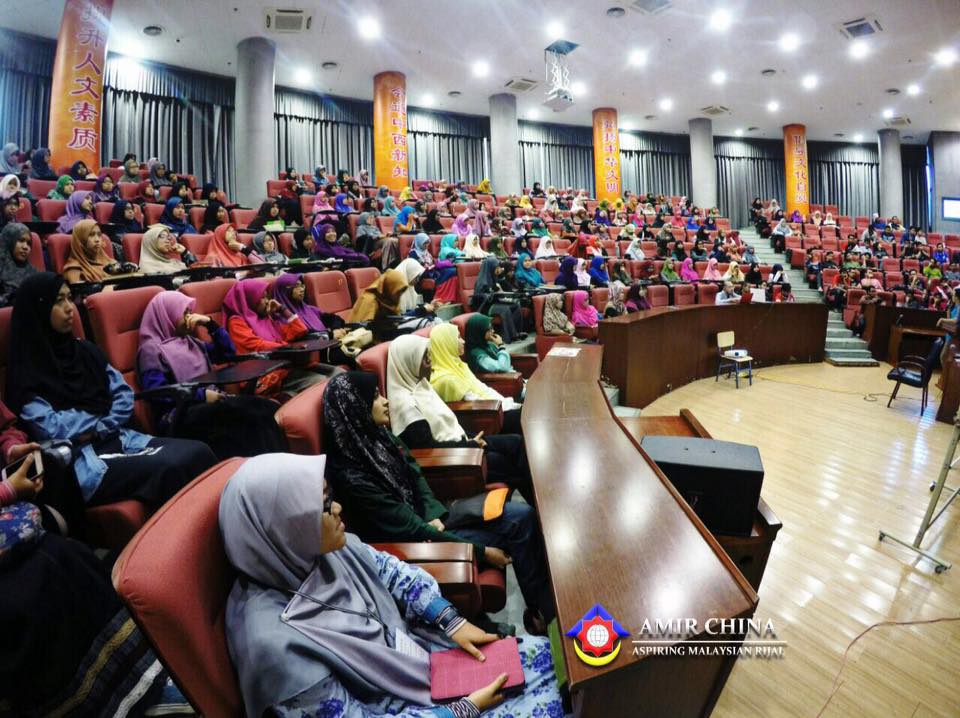Harmony in Diversity: Unveiling the Rich Tapestry of the Moro People in the Philippines

In the heart of the Philippines lies a diverse and culturally vibrant community that adds a unique thread to the country’s rich tapestry – the Moro people. This article aims to shed light on the history, culture, and traditions of the Moro community, showcasing the beauty of their diversity and the challenges they face in their pursuit of recognition and understanding.
I. Historical Roots: The Moro people trace their roots back centuries, with a history deeply intertwined with Islam. Their journey unfolds against the backdrop of Spanish colonization, American influence, and the struggle for autonomy. Understanding the historical context provides insight into the challenges faced by the Moro people in preserving their identity and traditions.
II. Cultural Diversity: The Moro community is a mosaic of different ethnic groups, each contributing to the cultural richness of the region. From the colorful attire to the traditional dances and distinctive culinary delights, the Moro people proudly express their identity through various cultural elements. Exploring these facets not only deepens our appreciation but also fosters a sense of unity in diversity.
III. Islam in the Philippines: Islam plays a pivotal role in Moro identity, shaping their spiritual beliefs, values, and way of life. A closer look at the mosques, religious practices, and the influence of Islamic traditions reveals the profound impact of Islam on the Moro community and their resilience in maintaining their faith.
IV. Challenges and Resilience: Despite their vibrant culture and rich heritage, the Moro people have faced challenges, including marginalization, discrimination, and struggles for autonomy. This section explores the obstacles they confront and the resilience they demonstrate in the face of adversity, showcasing their determination to preserve their unique identity.
V. Bridging Gaps and Fostering Understanding: Creating awareness about the Moro people is essential for fostering understanding and breaking down stereotypes. This section discusses the importance of education, cultural exchange, and open dialogue in bridging gaps and building bridges of mutual respect and appreciation.
Conclusion: The Moro people are an integral part of the Philippines’ cultural mosaic, contributing to the nation’s diversity in myriad ways. By understanding their history, embracing their cultural richness, and addressing the challenges they face, we can work towards a future where the Moro people are celebrated and their contributions to the nation acknowledged. Through education and open-mindedness, we can pave the way for a harmonious coexistence that honors the unique identity of the Moro people within the broader tapestry of the Philippines.

